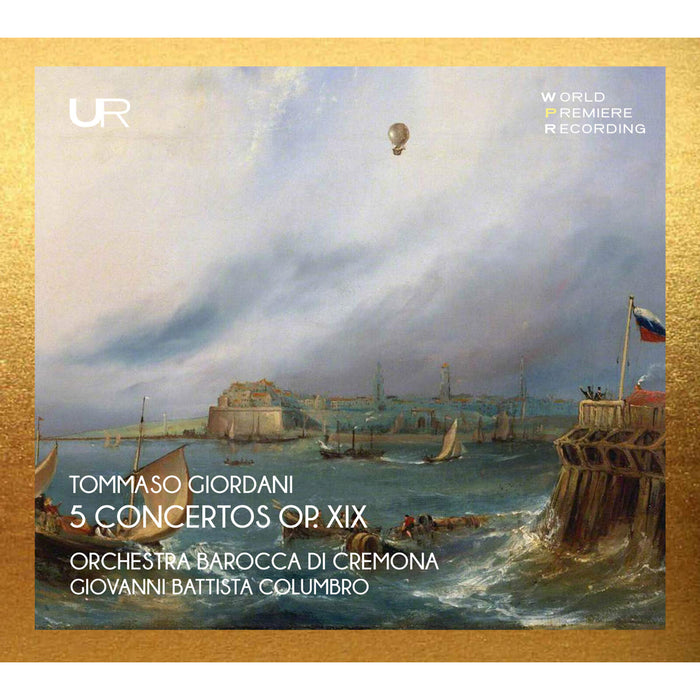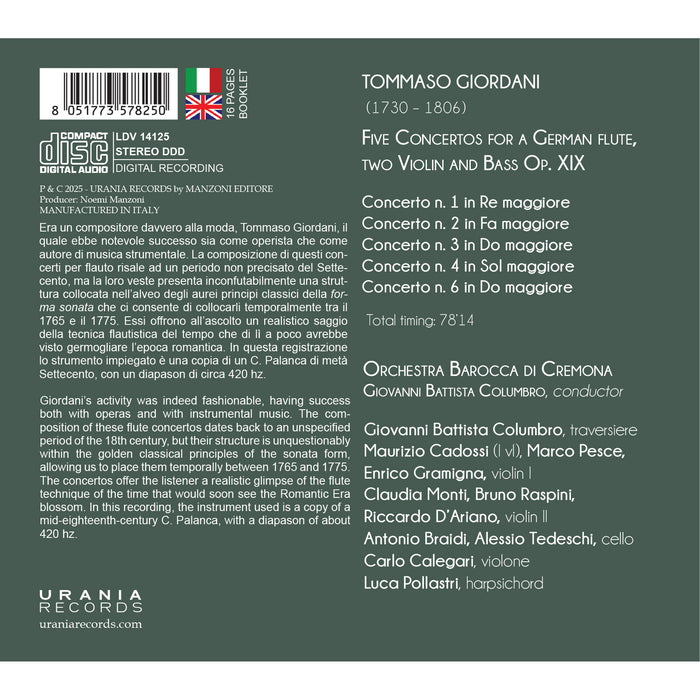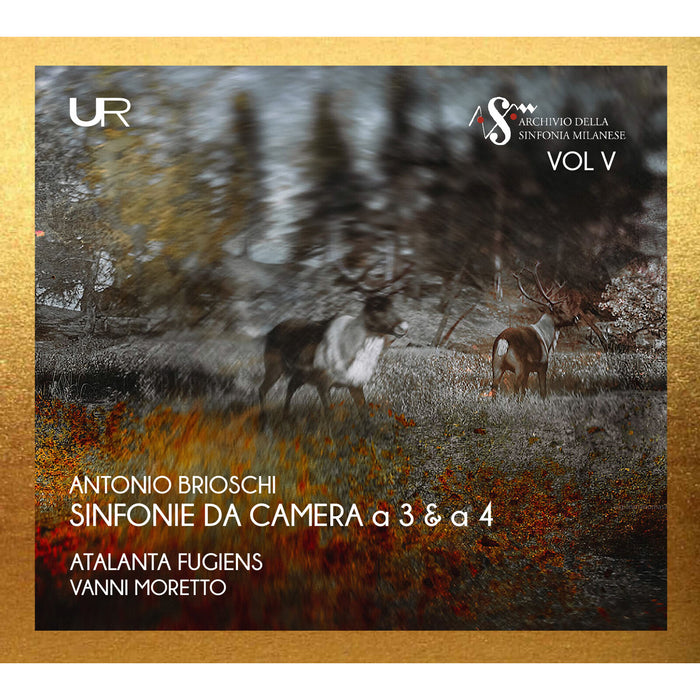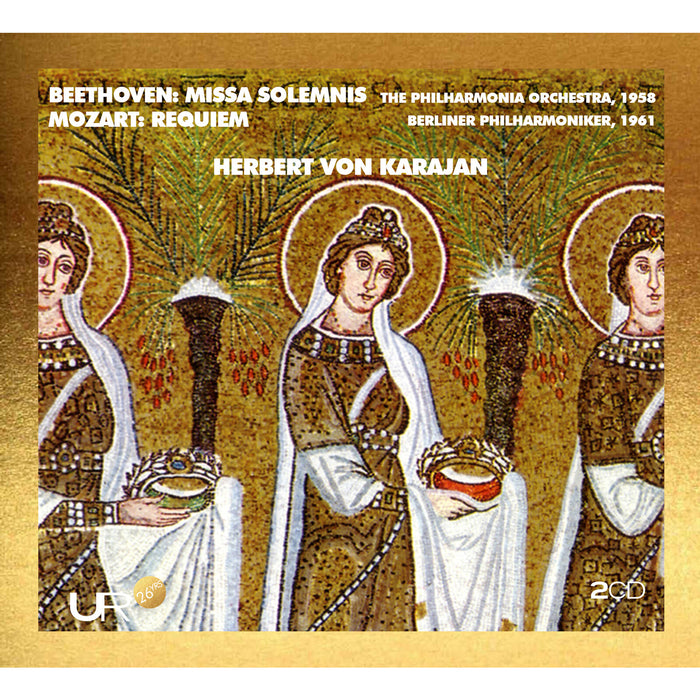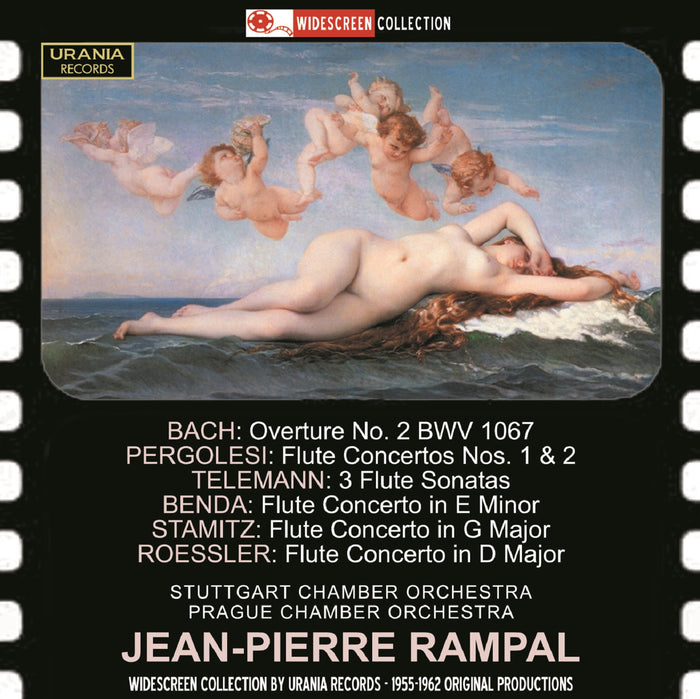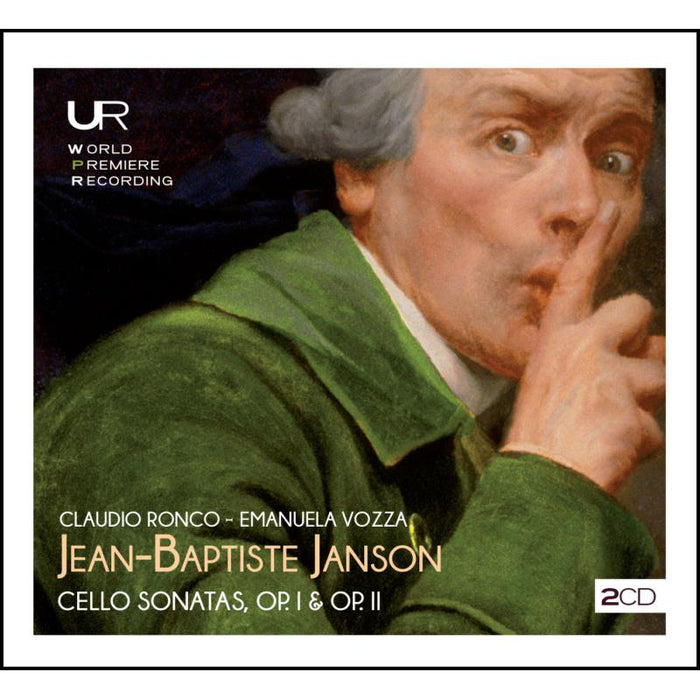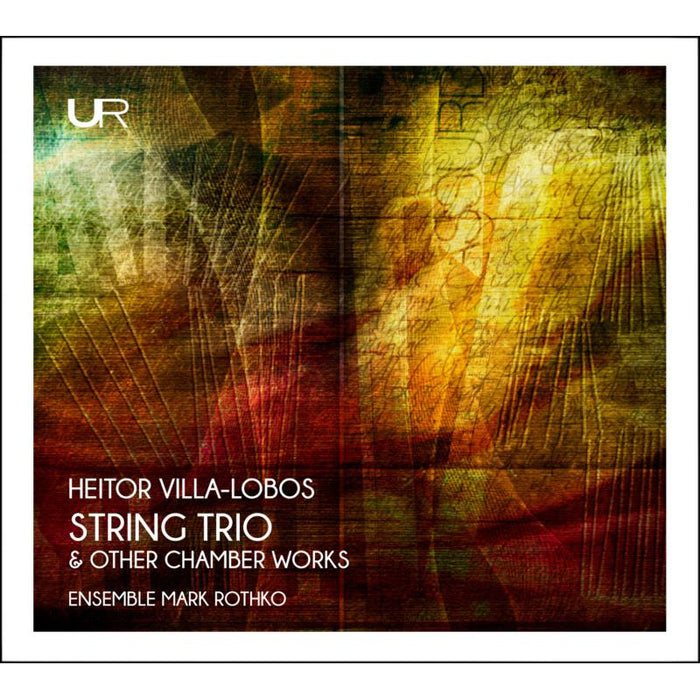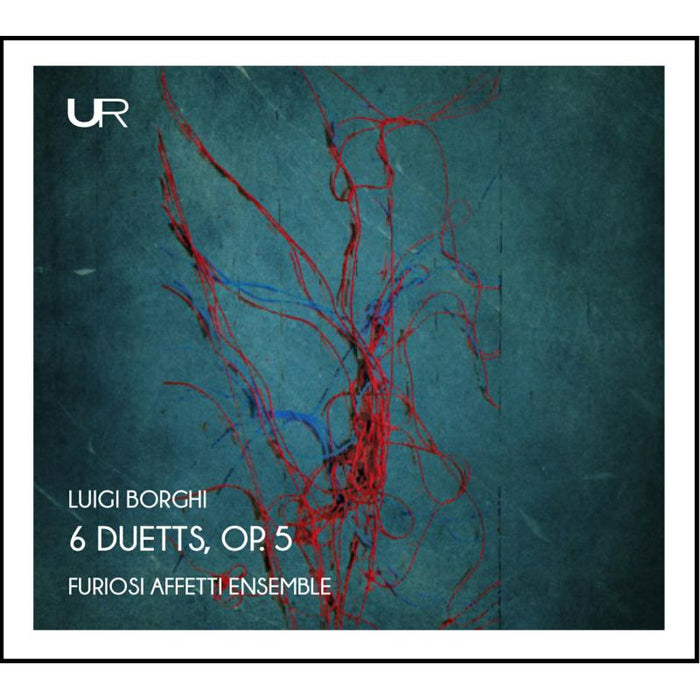Description
The music of C.P.E. Bach showed the way to other great musicians who came after him and links baroque to classicism. He wrote the three Sonatas for viola da gamba and harpsichord during his period in Berlin, when he was working at the court of Frederick the Great. In those years the use of the viola da gamba was becoming increasingly less common in many countries, leading several contemporary sources to allow the viola da braccio in the performance of these works. These three compositions follow a pattern which lies between the baroque sonata and the classical one. The sonata form is not yet defi ned but notably the main movement (the first in Wq 88, the second in the other two) is indeed divided into two parts but the second one is longer. The choice of tempo has to be analysed separately. Also J.J. Quantz was in the service of Frederick II and it was precisely Quantz, in his momentous treatise Versuch einer Answeisung die Flöte traversiere zu spielen (On Playing the Flute) who gave valuable indications on the speed of performance that we have tried to adopt and follow. These indications are extremely useful and, just because they come from a leading author and are truly inserted in the musical scene of the time, they are to be considered precious, reliable testimonies that can guide in the choice of metronomic tempos.


